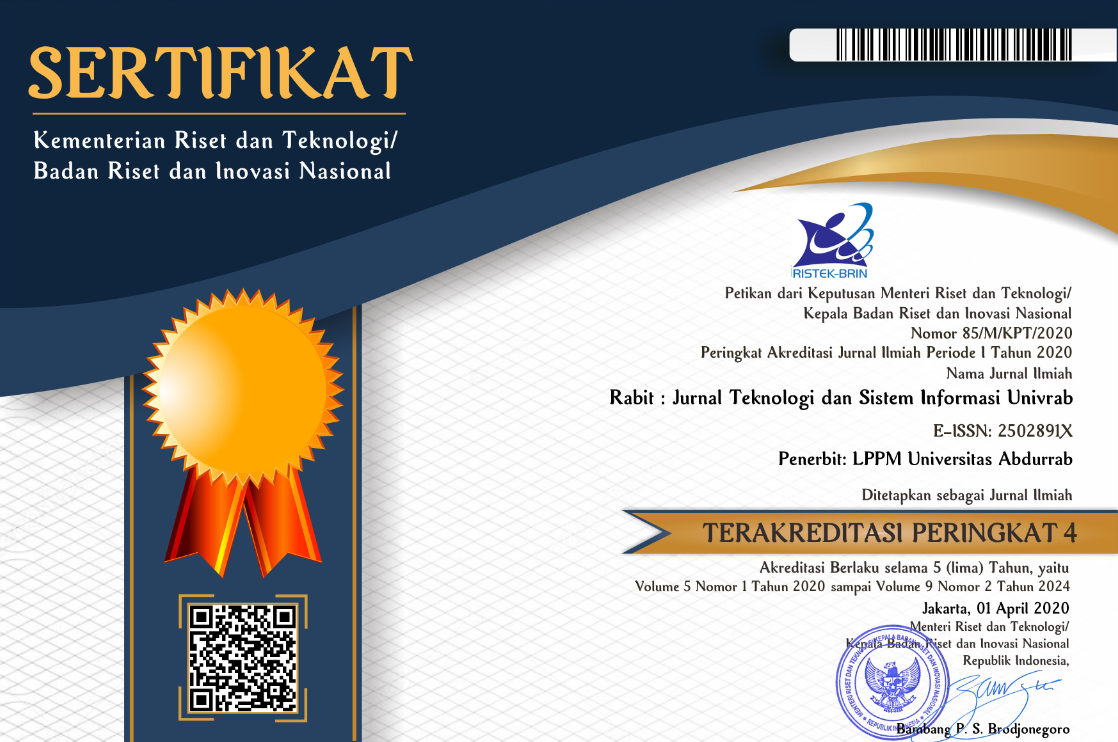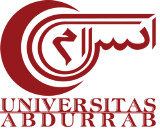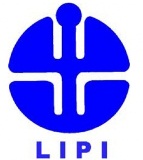MEDIA PEMBELAJARAN BAHASA IMAI (INDONESIA, MANDARIN, ARAB DAN INGGRIS) BERBASIS MULTIMEDIA
Abstract
Science and technology is experiencing rapid development and progress in the world of education. One of them is technology in learning media. Language recognition in children needs to be improved on the media. The purpose of this research is to build interactive learning media for the introduction of IMAI languages (Indonesian, Mandarin, Arabic, and English) to broaden students' knowledge of languages. With the existence of learning media packaged with animation using Adobe Flash, it can also attract students' interest in learning languages. This learning media uses the MDLC (Multimedia Development Life Cycle) development model with 6 stages. The result of this research is an interactive learning media for the introduction of the IMAI language (Indonesian, Mandarin, Arabic, and English) at the elementary level with material aimed at grade 3 elementary school students
References
R. Thia, “Cara Mudah Belajar Bahasa Mandarin,” Jogjakarta: Javalitera, 2011.
M. Marakas, G, “SYSTEM ANALYSIS & DESIGN an active approach, New York:,” McGraw-Hill., 2006.
Munir., “Multimedia Konsep Dan Aplikasi Dalam Pendidikan,” Bandung Alf., 2012.
S. A. Rambe, S. A. Nasution, W. A. Safitri, Y. Fatma, and A. Ikhwan, “Utilization of Technology Media to Improve MSMEs in Simonis Village , Aek Natas District , North Labuhanbatu Regency,” vol. 1, pp. 23–31, 2021.
Julhannan, “Teknik Pembelajaran Bahasa Arab Interaktif.,” Jakarta Rajawali Pers, 2014.
I. A, “Metodologi Pembalajaran Bahasa Inggris.,” Bandung. Hum., 2008.
A. Dimas, “Cara Mudah Merancang Story Board Untuk Animasi Keren,” Yogyakarta Tak. Publ., 2013.

This work is licensed under a Creative Commons Attribution-NonCommercial-ShareAlike 4.0 International License.
Copyright Notice
The copyright of the received article shall be assigned to the publisher of the journal. The intended copyright includes the right to publish the article in various forms (including reprints). The journal maintains the publishing rights to published articles. Therefore, the author must submit a statement of the Copyright Transfer Agreement.*)
This work is licensed under a Creative Commons Attribution-NonCommercial-ShareAlike 4.0 International License.
In line with the license, authors and any users (readers and other researchers) are allowed to share and adapt the material only for non-commercial purposes. In addition, the material must be given appropriate credit, provided with a link to the license, and indicated if changes were made. If authors remix, transform or build upon the material, authors must distribute their contributions under the same license as the original.
Please find the rights and licenses in RABIT : Jurnal Teknologi dan Sistem Informasi Univrab. By submitting the article/manuscript of the article, the author(s) accept this policy.
1. License
The non-commercial use of the article will be governed by the Creative Commons Attribution license as currently displayed on Creative Commons Attribution-NonCommercial-ShareAlike 4.0 International License.
2. Author’s Warranties
The author warrants that the article is original, written by stated author(s), has not been published before, contains no unlawful statements, does not infringe the rights of others, is subject to copyright that is vested exclusively in the author and free of any third party rights, and that any necessary written permissions to quote from other sources have been obtained by the author(s).
3. User Rights
RABIT's spirit is to disseminate articles published are as free as possible. Under the Creative Commons license, RABIT permits users to copy, distribute, display, and perform the work for non-commercial purposes only. Users will also need to attribute authors and RABIT on distributing works in the journal.
4. Rights of Authors
Authors retain all their rights to the published works, such as (but not limited to) the following rights;
- Copyright and other proprietary rights relating to the article, such as patent rights,
- The right to use the substance of the article in own future works, including lectures and books,
- The right to reproduce the article for own purposes,
- The right to self-archive the article,
- The right to enter into separate, additional contractual arrangements for the non-exclusive distribution of the article's published version (e.g., post it to an institutional repository or publish it in a book), with an acknowledgment of its initial publication in this journal (RABIT : Jurnal Teknologi dan Sistem Informasi Univrab).
5. Co-Authorship
If the article was jointly prepared by other authors, any authors submitting the manuscript warrants that he/she has been authorized by all co-authors to be agreed on this copyright and license notice (agreement) on their behalf, and agrees to inform his/her co-authors of the terms of this policy. RABIT will not be held liable for anything that may arise due to the author(s) internal dispute. RABIT will only communicate with the corresponding author.
6. Royalties
This agreement entitles the author to no royalties or other fees. To such extent as legally permissible, the author waives his or her right to collect royalties relative to the article in respect of any use of the article by RABIT.
7. Miscellaneous
RABIT will publish the article (or have it published) in the journal if the article’s editorial process is successfully completed. RABIT's editors may modify the article to a style of punctuation, spelling, capitalization, referencing and usage that deems appropriate. The author acknowledges that the article may be published so that it will be publicly accessible and such access will be free of charge for the readers as mentioned in point 3.
 PDF
PDF
 Abstract views: 405
Abstract views: 405
 downloads: 349
downloads: 349

 :
:












